The Parker Solar Probe spacecraft achieved a historic milestone, flying into the sun's outer atmosphere called the corona on December 24th, 2023. This mission aims to unlock the secrets of our closest star, studying its extreme temperatures, solar wind, and energetic particles.
The spacecraft passed 3.8 million miles from the solar surface on Dec. 24, flying into the sun’s outer atmosphere called the corona, on a mission to help scientists learn more about Earth’s closest star.
The agency said the operations team at the Johns Hopkins Applied Physics Laboratory in Maryland received the signal, a beacon tone, from the probe just before midnight on Thursday.Moving at up to 430,000 mph , the spacecraft endured temperatures of up to 1,800 degrees Fahrenheit , according to the NASA website.
“We’re rewriting the textbooks on how the Sun works with the data from this probe,” Dr. Joseph Westlake, NASA’s heliophysics director told Reuters. “This mission was theorized in the Fifties,,” he said, adding that it is an “amazing achievement to create technologies that let us delve into our understanding of how the sun operates.”
The Parker Solar Probe was launched in 2018 and has been gradually circling closer towards the sun, using flybys of Venus to gravitationally pull it into a tighter orbit with the sun.Westlake said the team is preparing for even more flybys in the extended mission phase, hoping to capture unique events.So-called ‘murder hornet’ eradicated in U.S., officials say
NASA Sun Spacecraft Corona Solar Wind
Canada Latest News, Canada Headlines
Similar News:You can also read news stories similar to this one that we have collected from other news sources.
 NASA's Parker Solar Probe aims to fly closer to the sun like never beforeA NASA spacecraft aims to fly closer to the sun than any object sent before.
NASA's Parker Solar Probe aims to fly closer to the sun like never beforeA NASA spacecraft aims to fly closer to the sun than any object sent before.
Read more »
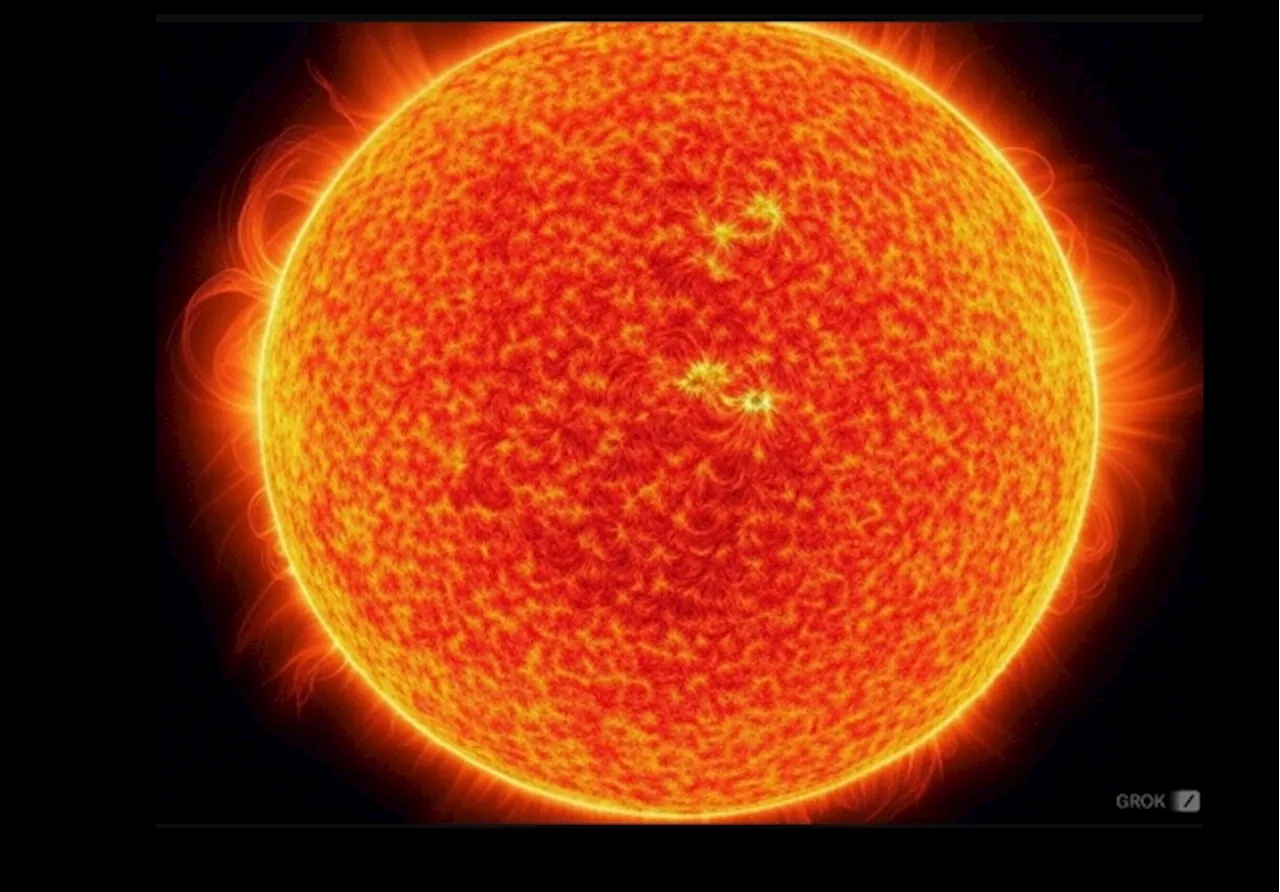 NASA’s Parker Solar Probe to Make Closest Approach to the Sun on Christmas Eve“We will be embracing a star.”
NASA’s Parker Solar Probe to Make Closest Approach to the Sun on Christmas Eve“We will be embracing a star.”
Read more »
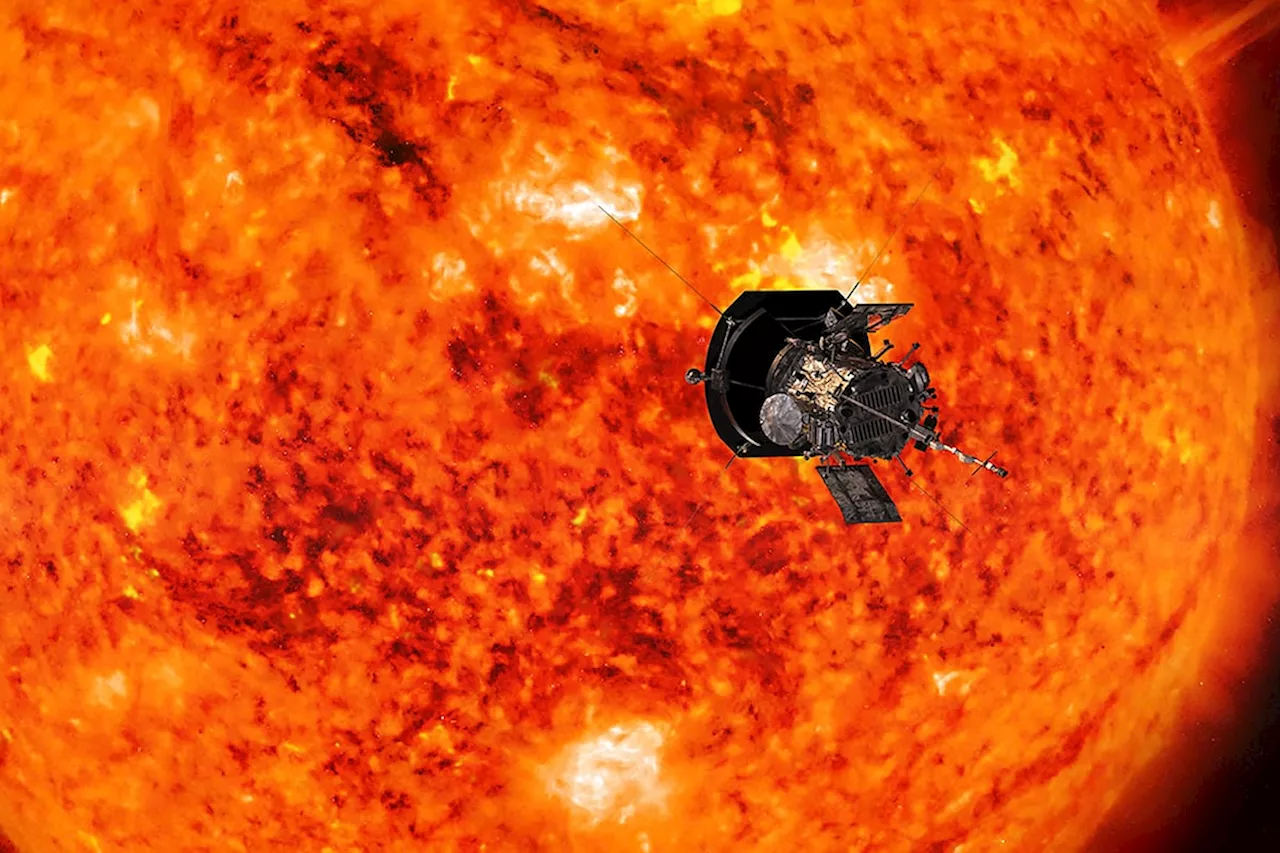 NASA's Parker Solar Probe Touches Sun's CoronaNASA's Parker Solar Probe made history on Tuesday by flying into the sun's outer atmosphere, the corona. This groundbreaking mission aims to provide scientists with valuable data about Earth's closest star. The spacecraft, travelling at incredible speeds, endured extreme temperatures to collect unprecedented close-up images and information about the sun's atmosphere, including coronal streamers.
NASA's Parker Solar Probe Touches Sun's CoronaNASA's Parker Solar Probe made history on Tuesday by flying into the sun's outer atmosphere, the corona. This groundbreaking mission aims to provide scientists with valuable data about Earth's closest star. The spacecraft, travelling at incredible speeds, endured extreme temperatures to collect unprecedented close-up images and information about the sun's atmosphere, including coronal streamers.
Read more »
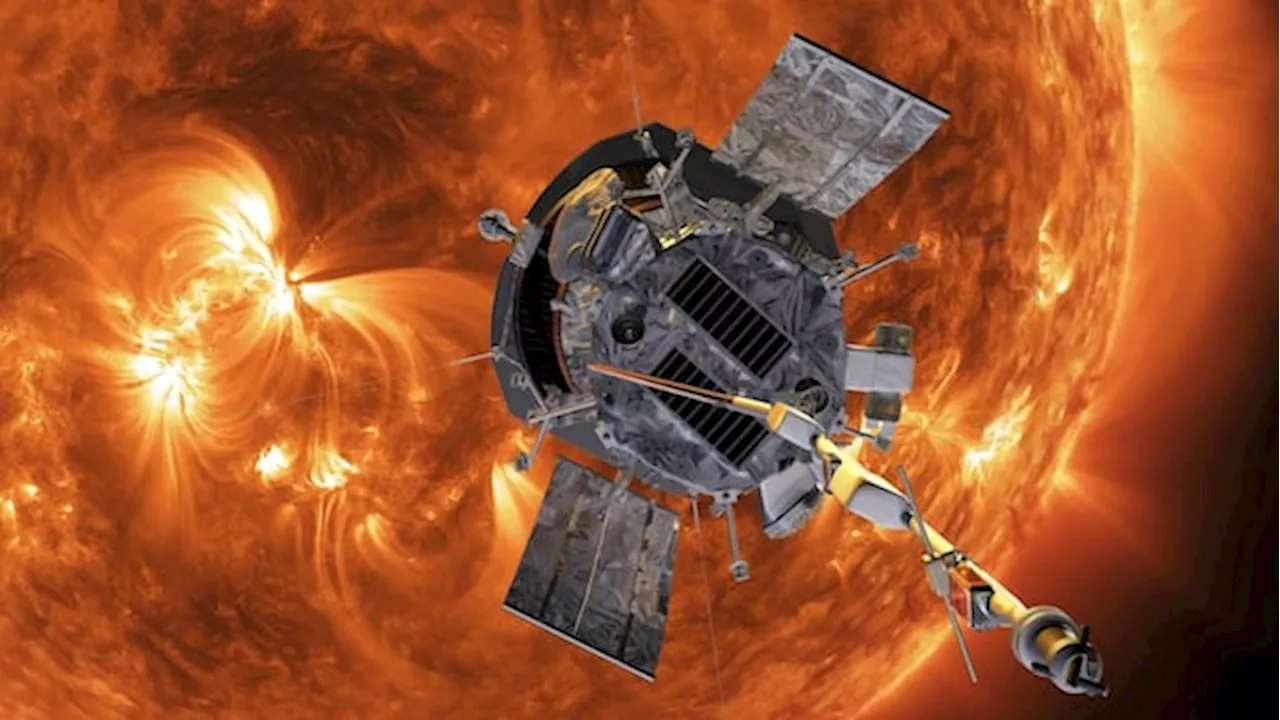 Parker Solar Probe Completes Record-Breaking Close Approach to the SunNASA's Parker Solar Probe made history by reaching the closest distance ever achieved by a human-made object to the Sun. The spacecraft successfully traversed the Sun's outer atmosphere, the corona, collecting valuable data about our star.
Parker Solar Probe Completes Record-Breaking Close Approach to the SunNASA's Parker Solar Probe made history by reaching the closest distance ever achieved by a human-made object to the Sun. The spacecraft successfully traversed the Sun's outer atmosphere, the corona, collecting valuable data about our star.
Read more »
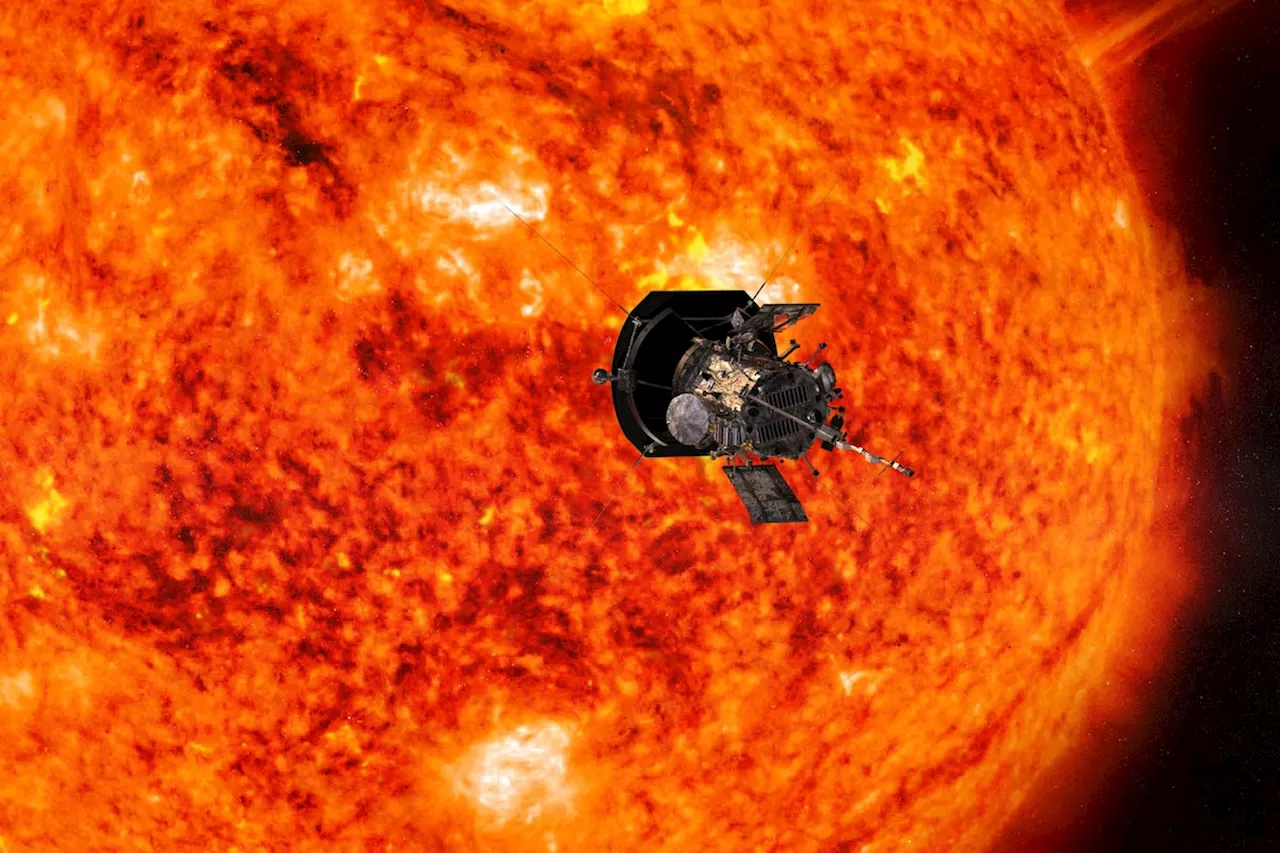 NASA's Parker Solar Probe Makes History with Closest-Ever Sun ApproachThe Parker Solar Probe successfully completed the closest-ever flyby of the sun, providing valuable data for scientists studying our star.
NASA's Parker Solar Probe Makes History with Closest-Ever Sun ApproachThe Parker Solar Probe successfully completed the closest-ever flyby of the sun, providing valuable data for scientists studying our star.
Read more »
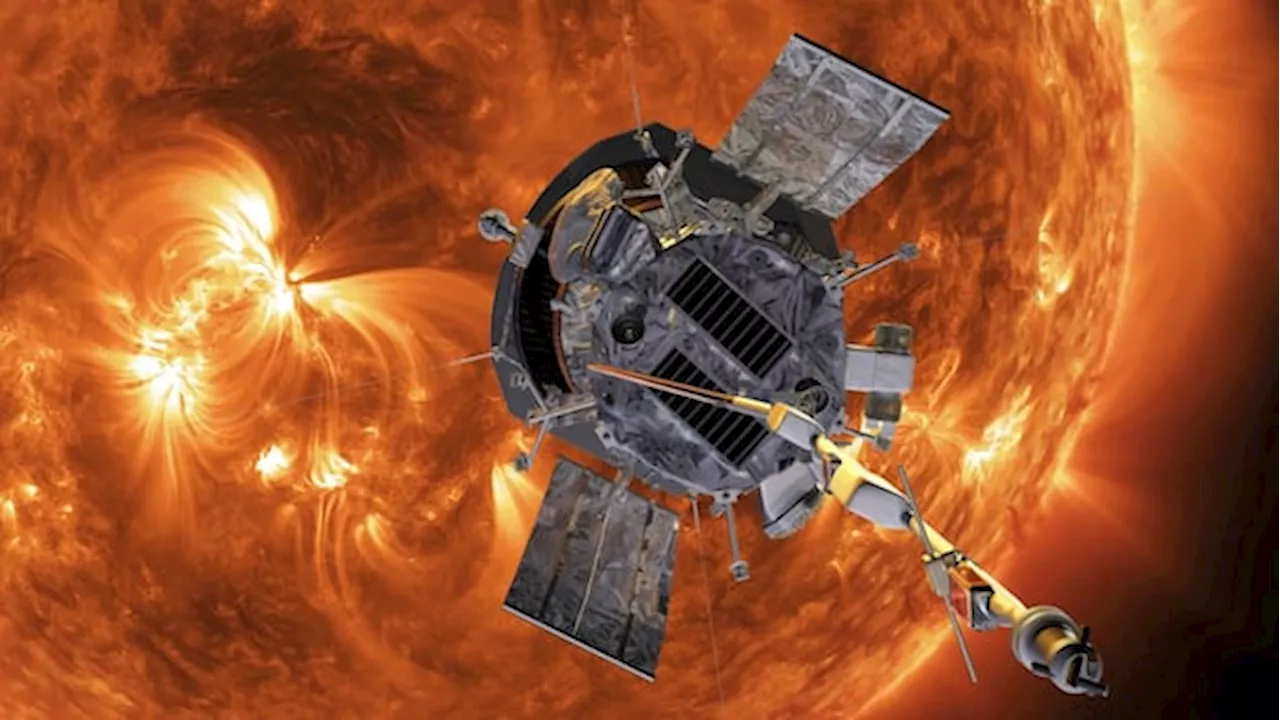 NASA Spacecraft May Have Flied Closest to the SunThe Parker Solar Probe may have reached a historic milestone, flying closer to the sun than any previously launched object. While NASA will be out of contact with the probe for several days, it is expected to confirm its health on December 27th. The probe's mission is to study the sun's energy flow, coronal heating, and solar wind acceleration.
NASA Spacecraft May Have Flied Closest to the SunThe Parker Solar Probe may have reached a historic milestone, flying closer to the sun than any previously launched object. While NASA will be out of contact with the probe for several days, it is expected to confirm its health on December 27th. The probe's mission is to study the sun's energy flow, coronal heating, and solar wind acceleration.
Read more »
